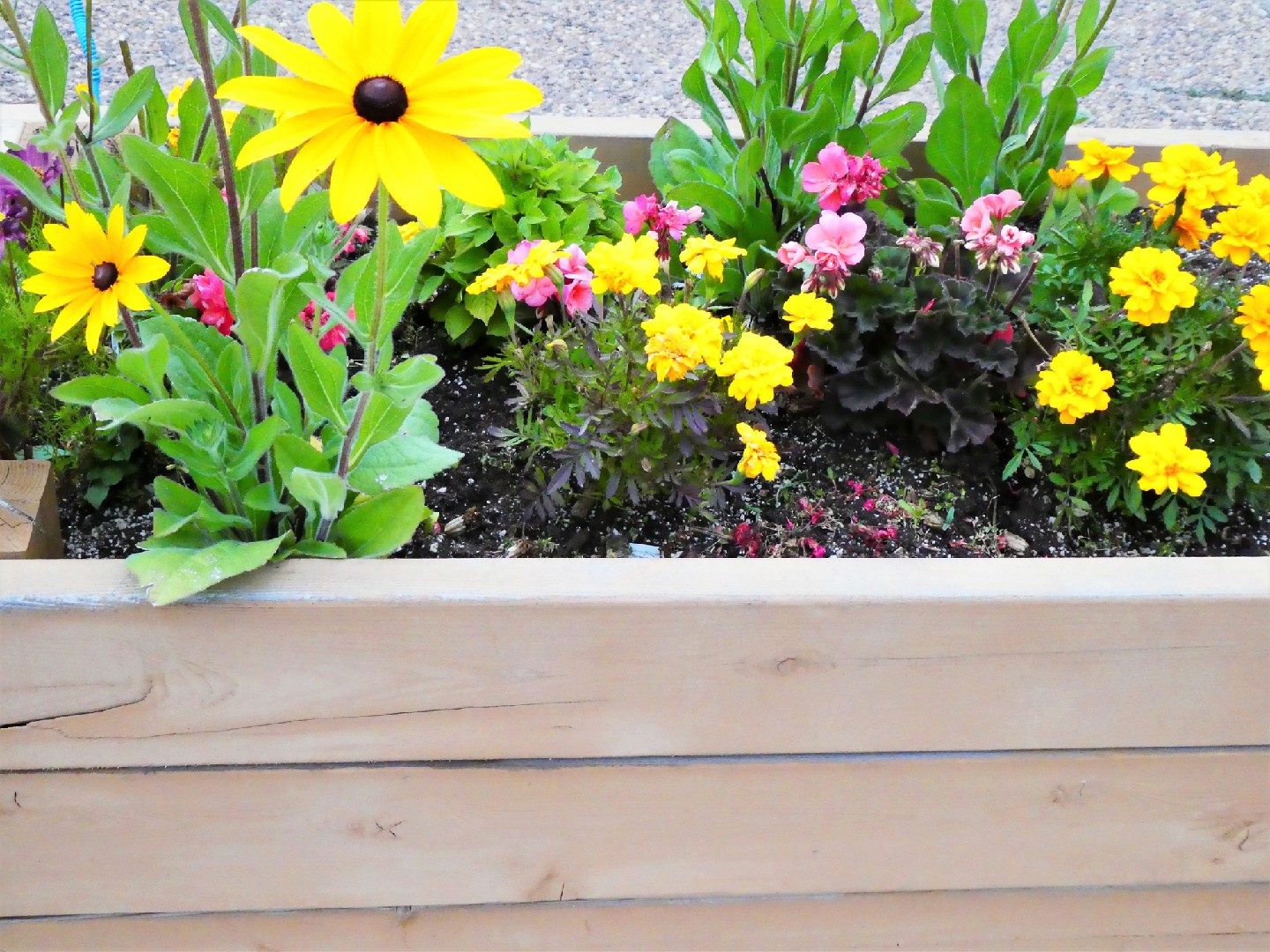![Rectangle]()
Understanding Annuals and Perennials
When it comes to creating beautiful mixed flower beds, understanding the difference between annuals and perennials is crucial. Annuals refer to plants that complete their lifecycle within one year. They sprout from seeds, grow, flower, produce seeds, and then die, all within a single growing season. Examples of popular annual flowers include marigolds, petunias, zinnias, and impatiens.
On the other hand, perennials are plants that live for more than two years, often returning year after year. They usually have a dormant phase during the winter months and then re-emerge in the spring. Unlike annuals, perennials do not need to be replanted every year. Some well-known perennial flowers include roses, daisies, lilies, and irises.
Understanding the blooming cycles of annuals and perennials is also important when designing mixed flower beds. Annuals tend to have a longer blooming period, producing colorful flowers throughout the summer and sometimes into fall. They are great for adding bursts of vibrant color to your garden. Perennials, on the other hand, generally have a shorter blooming period, often lasting several weeks to a month. However, they compensate for this by offering beautiful foliage during other times of the year.
Blending both annuals and perennials in your flower beds can bring numerous benefits. Firstly, by combining the two, you can enjoy continuous blooms throughout the year. When annuals fade away, perennials can take over and keep your garden looking vibrant. Secondly, annuals provide an opportunity to experiment with different colors and varieties each year, adding excitement and variety to your garden. And finally, perennials offer stability and longevity to your flower beds, ensuring that you have a solid foundation of plants that will come back year after year.
To create a successful mixed flower bed, it is important to choose a combination of annuals and perennials that thrive in your specific climate and soil conditions. Consider the sunlight requirements, water needs, and growth habits of each plant. Additionally, pay attention to the heights and textures of the plants to create a visually appealing arrangement.
When it comes to planting, follow the instructions provided with each plant to ensure proper spacing and depth. Water the newly planted flower bed regularly and provide proper care to help the plants establish and grow. And don't forget to fertilize as needed to promote healthy growth.
In conclusion, understanding the characteristics of annuals and perennials and combining them in your flower beds can result in stunning, ever-changing displays of color and foliage. By carefully selecting a variety of plants that thrive in your environment and providing them with the right care, you can enjoy the beauty of mixed flower beds year after year.





